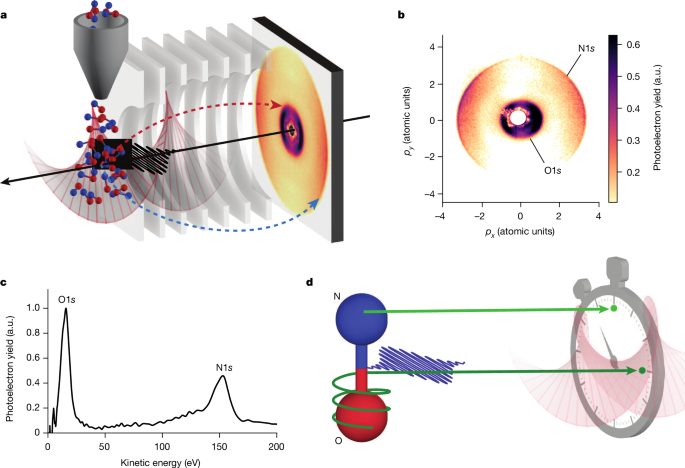Time: 2024-08-22
A team of scientists from the Department of Energy 's SLAC National Accelerator Laboratory has made a breakthrough in understanding the photoelectric effect , a phenomenon first described by Einstein over a century ago . Their research provides new insights into electron - electron interactions , crucial for technologies like semiconductors and solar cells . The results were published in the journal Nature on August 21 , 2024.
When atoms or molecules absorb light , they can emit electrons in what is known as the photoelectric effect . This process , also called photoionization , was originally explained by Einstein and laid the groundwork for quantum mechanics . Recent advancements in attosecond science have allowed scientists to study the ultrafast time delays involved in photoionization , shedding new light on this fundamental process.

Using an attosecond X - ray pulse from SLAC 's Linac Coherent Light Source ( LCLS ) , researchers were able to ionize core - level electrons and measure the time delays in photoemission . The delays , reaching up to 700 attoseconds , were much longer than expected , challenging existing theoretical models and providing new insights into electron behavior . The team found that interactions between electrons played a significant role in these delays , highlighting the complexity of molecular dynamics.
By measuring the angular difference in the direction of emitted electrons , scientists could accurately determine the time delay between photon absorption and electron emission . This precise measurement is essential for analyzing experimental results in various fields , such as protein crystallography and medical imaging , where X - ray interactions with matter are critical for understanding molecular structures.
The study marks the beginning of a series of experiments aimed at delving deeper into electron dynamics in different molecular systems . Other research groups are already using the developed technique to study more complex molecules , uncovering new aspects of electron behavior and molecular structure . The flexibility of LCLS allows scientists to explore a wide range of energies and molecular systems , making it a powerful tool for studying extreme timescales.
The research team 's findings open up new avenues for understanding core - level photoionization delays and highlight the importance of using X - ray attosecond experiments in conjunction with theoretical modeling to unravel the complex dynamics of electron interactions . This groundbreaking work represents a significant step forward in our understanding of the photoelectric effect and its implications for a variety of technological applications.